If you have a web connection, then you can use Yahoo Mail. The service was launched in October 1997 and initially offered free email service. There were, however, optional monthly fees to access advanced features. Yahoo also offered a business email service, so if you’re looking for an alternative to Gmail, you may want to check out their business email service. In this article, we’ll compare the features and costs of Yahoo mail and Gmail.
Gmail offers instant messaging
Unlike some email clients, Gmail now offers instant messaging. The Hangout option lets users start a new chat or video chat. Both the desktop and mobile version of Gmail have this feature. If you prefer live chats, you can use Google’s Messenger instead of Gmail. In addition, Gmail allows you to share photos, videos, and other multimedia files. The service also supports groups of up to 250 people. It is also possible to view videos sent via video chat.
One of the major differences between email and IM is the immediacy of the communication. IM is often session-based and focuses on short, direct conversations. In contrast, email often reflects a more extensive letter writing style. To send an IM message, you must first know the username or screen name of the recipient. Once you have this information, you can send the message. The recipient will receive the message and open it in their IM window.
Yahoo Mail offers email forwarding
Yahoo Mail is a free email service that offers email forwarding. However, as of January 1, 2021, users will no longer be able to use this feature. As a result, you will need to find a different email provider if you want to continue using this service. The following are steps to do so:
To use email forwarding on Yahoo, you must have a Yahoo Mail Plus account. Go to the settings menu and select “Access + Forwarding”. Then, set a forwarding rule for all new messages. You cannot set filters to forward specific messages, though. Emails will be routed to the Inbox, Archive, Trash, or custom folders. Note that automatic email forwarding will stop working for free users on January 15, 2021. To continue using this service, upgrade to a Yahoo Mail Pro plan.
Gmail offers unlimited message storage
Google’s Gmail service started out with a whopping 1GB of storage, which was far more than most other free webmail services. It was available only through special invitation from Google employees and current Gmail account holders. This massive amount of storage space quickly set it apart from its competitors. In the following years, other Google products like Google Drive and Google Photo would also face similar competition. The company’s 1GB of free storage would be an attractive selling point for Gmail users, but competitors were quick to respond by increasing their own services, including unlimited storage.
Yahoo Mail uses IMAP
Yahoo Mail uses IMAP as its default email protocol. Most email client programs have a pre-configured procedure for setting this up. You will need a usename and password to connect to the server. When the connection is established, your computer will have the same access to your Yahoo email as your client device. For more information, visit the Yahoo Mail help page. This page will explain more about how to set up your computer to receive emails from Yahoo.
There are two main email protocols: POP3 and IMAP. The POP3 protocol is older and is used to send and receive emails. The IMAP protocol enables two-way syncing and online access to your stored emails. The POP3 protocol is used for sending emails, but you can save them offline and eliminate the risk of them being accessed by unauthorized people. Regardless of the protocol you use, setting up your email client to use Yahoo is simple and free.
Gmail offers a more user-friendly interface
Yahoo and Gmail both offer free storage for the inbox. Both email services let you attach up to 25 MB of files to messages. The interfaces are clear and easy to navigate. Yahoo also has some features that Gmail lacks, like a built-in news feed. In addition, both email services offer add-ons and extensions that improve the overall user experience. The key difference between the two services is the features and flexibility of each.
The user-friendliness of Gmail is one of the biggest factors for its popularity. The company pioneered Ajax, which made the Gmail GUI fast and easy to use. The desktop versions of these email services were outdated and unusable. You needed your email wherever you were, and desktop clients were no longer sufficient. Additionally, these old email clients didn’t have autosave functions, and browser/OS crashes and dropped connections made email a chore.



